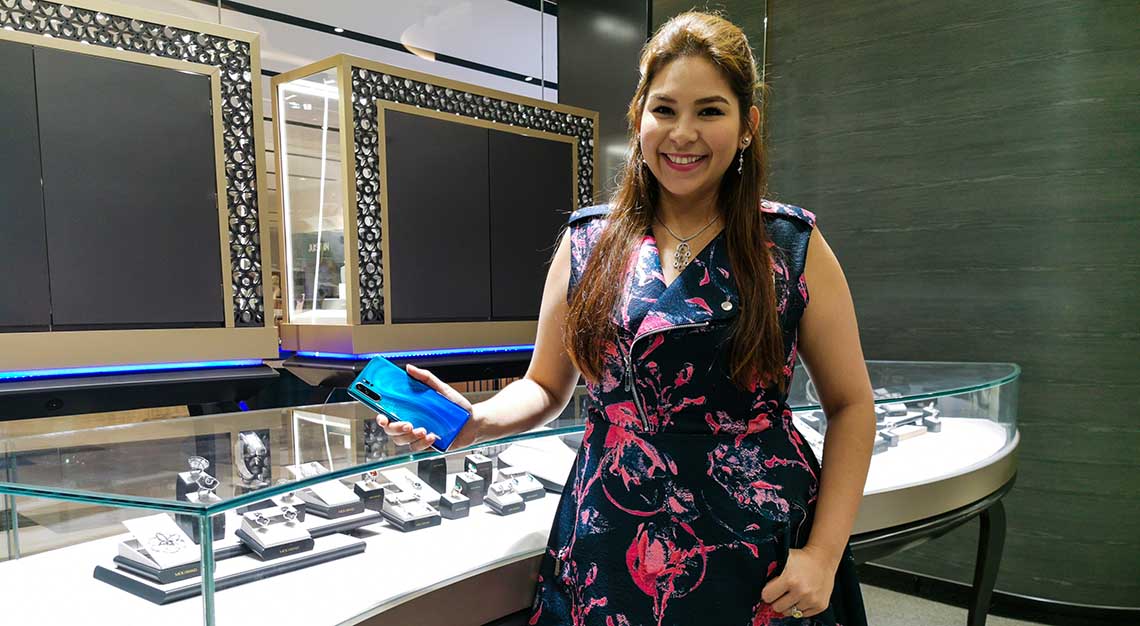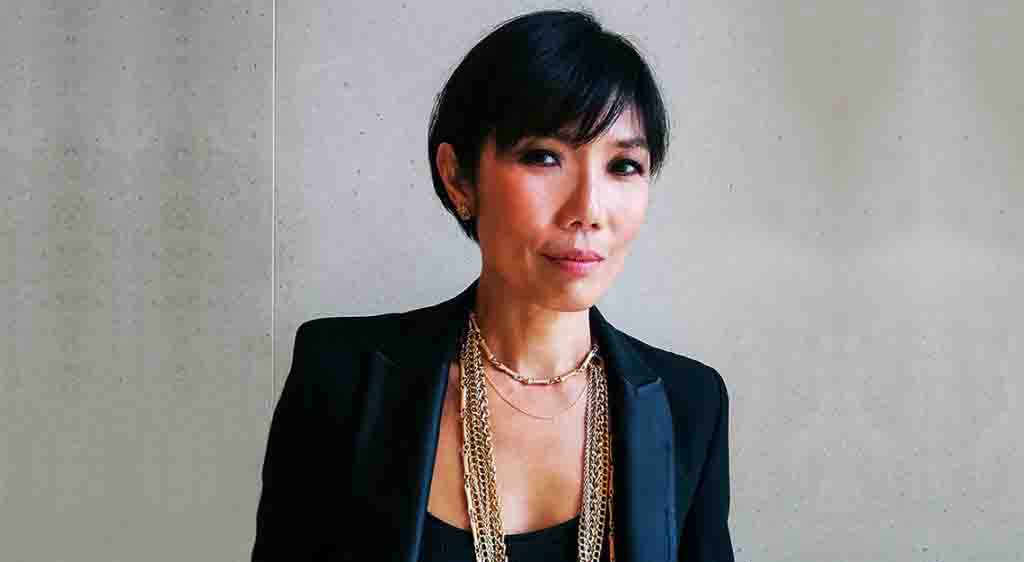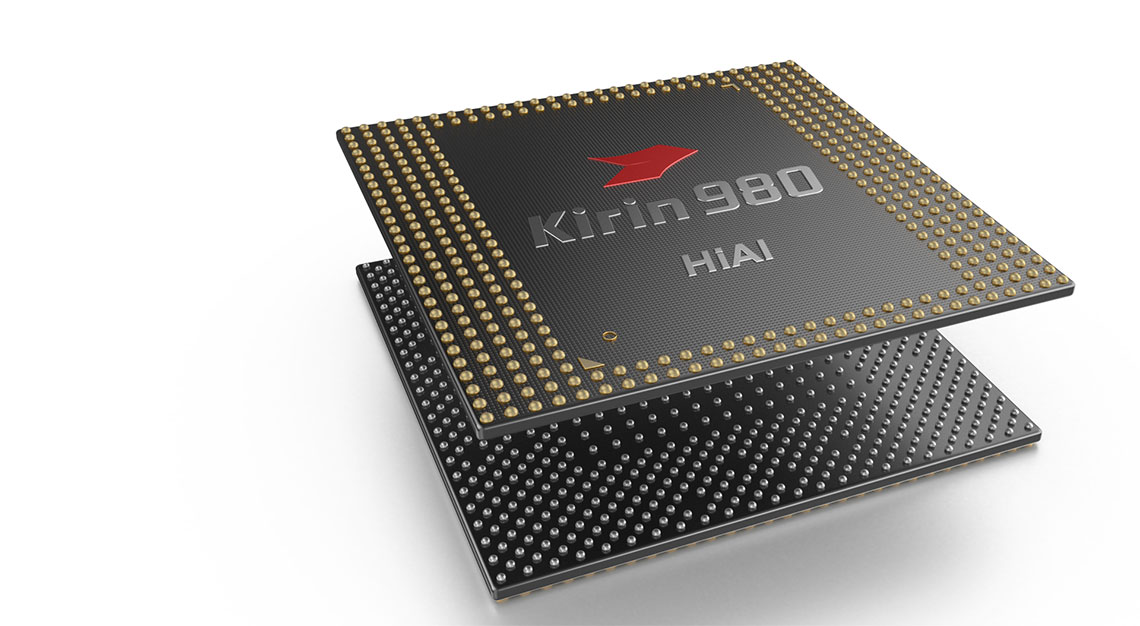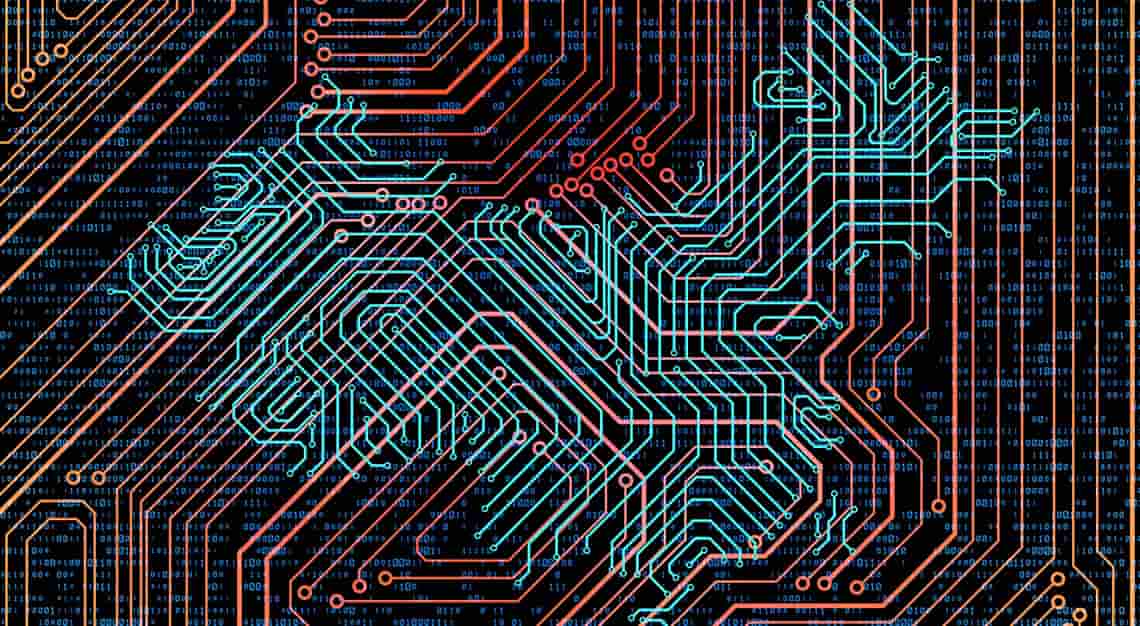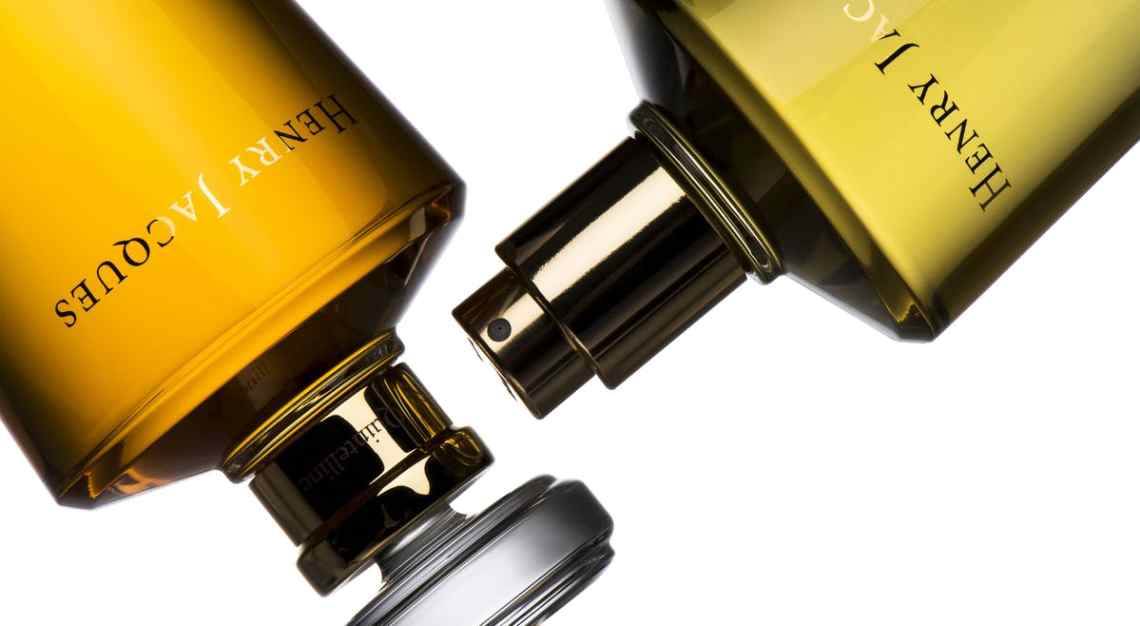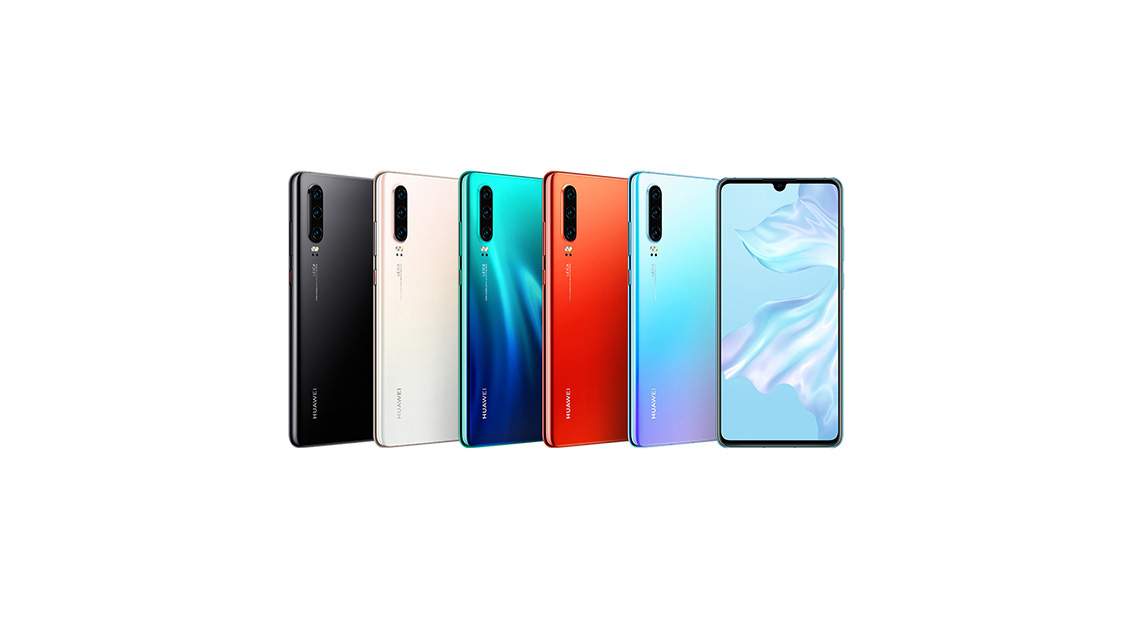Can smart technology modernise the bespoke jewellery creation process? Jessica Nasr certainly believes so
As the daughter of Jean Nasr of Mouawad Singapore, Jessica Nasr has lived her life surrounded by jewellery. But the fifth-generation Mouawad scion didn’t immediately start off at the top of the industry food chain. Instead, she cut her teeth as “a worker bee, learning the ropes from the previous marketing director” before being named the brand’s current director of marketing and communications. And although she initially faced a steep learning curve, today, she’s using smart technology to take the Mouawad name to greater heights.
Has smart technology benefited your work and changed the way you interact with clients?
Anytime I get a new phone, I’m always thinking about the camera function. We take a lot of photos, and because photos are the first thing a client sees of the piece, we have to present that piece as best as we can. I use my Huawei P30 Pro to take photos of my work and send images to clients. This is particularly useful if we have a client who’s unsure. All I have to do is snap a photo [of a particular stone or jewellery piece], edit the picture or change colour saturations and share it quickly with a client so I can entice them to make an appointment.
I feel the boundaries between work and personal space have blurred over the years, thanks to instant messaging apps like Whatsapp. There is a constant means of contacting clients on your phone now, and I think clients expect that. Back in the day, you had to pick up the phone and it was a little more intrusive. Now, for example, our event invites are sent via Whatsapp. I also handle Mouawad’s social media accounts, and it was interesting to create catchy layouts, adjust the lighting and play around with the Huawei P30 Pro’s Macro function.
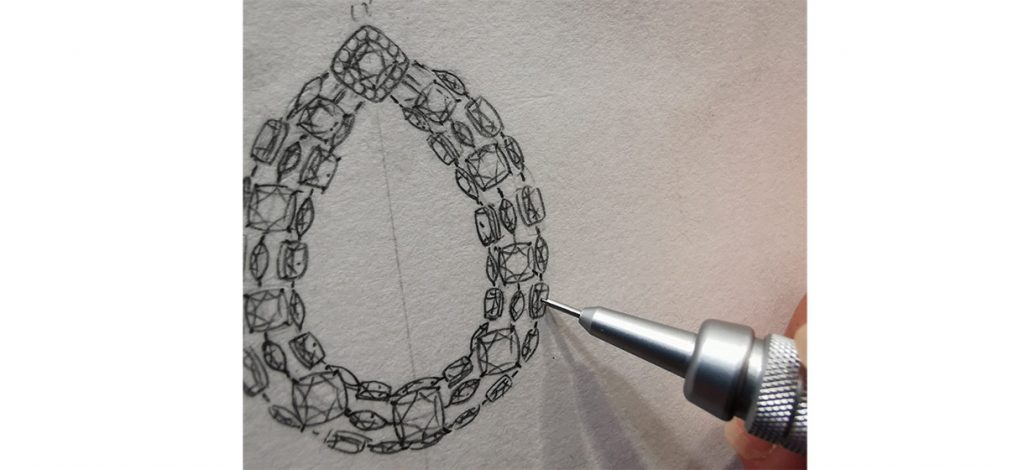
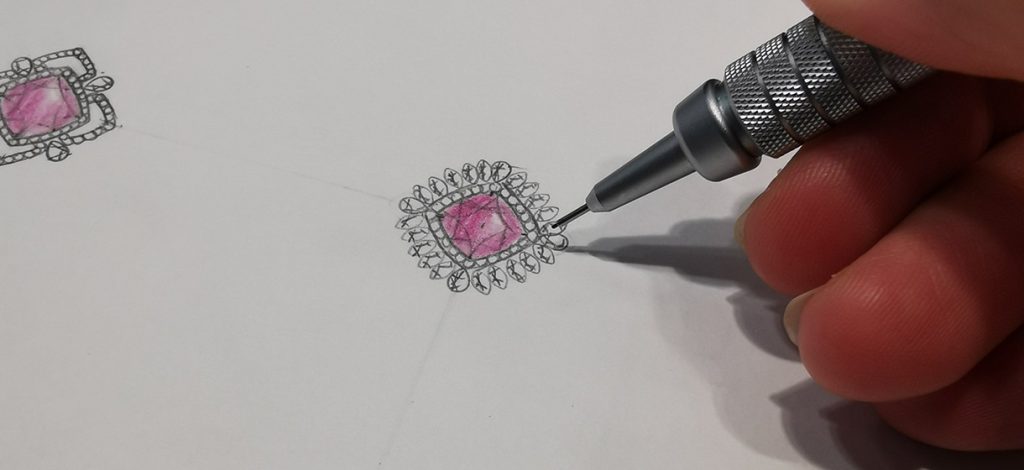
What role does smart technology play in creating bespoke jewellery?
It has helped us better communicate our creative or conceptual ideas with the client. Typically, when a client wants a custom piece, our artists will sit down with the client to sketch out ideas and concepts on the spot while showing him or her various stones.
Once these ideas are sketched out, we paint the sketching. But now, with the Huawei P30 Pro’s Macro camera function, we can take a good picture of the centre stone, sketch the overall concept of the custom piece, and then put the picture of the stone where it’s supposed to be in the sketch. This lets clients see the size, so that helps in terms of communicating a conceptual design. While sketching on the spot will always be our go-to, I think smart technology can help us change the design immediately as needed, especially if the client wants variations of the piece they have in mind.
Smart technology has also helped us simplify the cutting and stone-setting processes. When we used to work on diamond roughs back in the day, we had to manually inspect it to see where we could cut to achieve maximum results. Now you can just put it into a machine that will scan it for you and give you the various permutations you can use. We also use a lot of accessory stones in our creations, and these stones are carefully calibrated; they all have the exact same measurements. Now, when you’re setting an accessory stone into a larger creation, even 0.02 per cent of a millimetre can throw you off if it’s not calibrated properly. We also rely on smart machinery for grading, which is a huge part of the industry.
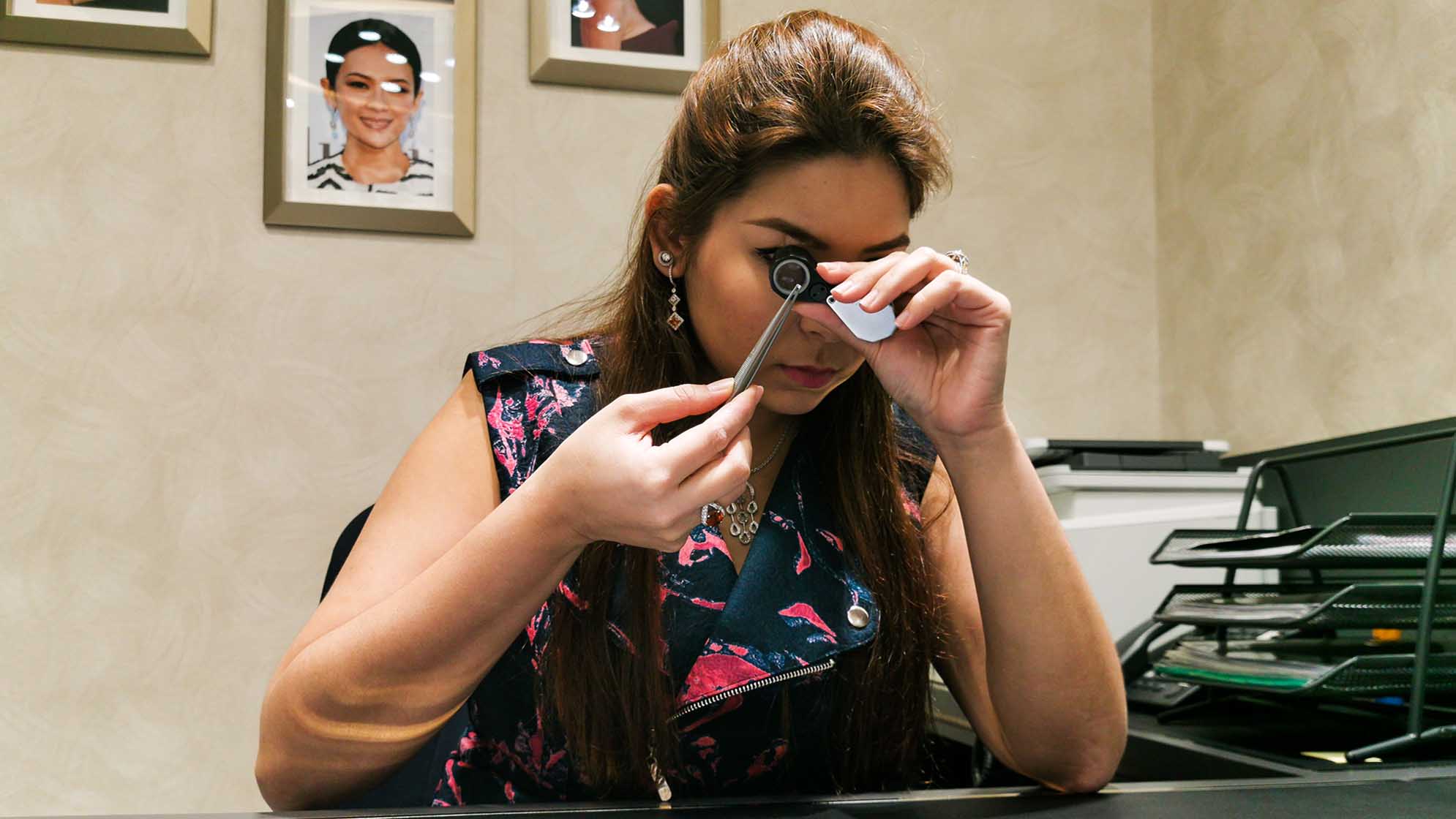
Does the human touch matter more than technology in the jewellery world?
In our line of work, it’s about customer service and you can’t just get a machine or AI to design something. Additionally, a lot of Mouawad’s creations are handmade, so we still prize craftsmanship. As such, the human touch will always have a place in our industry. But at the same time, technology is also at the forefront; there’re so many things we rely on it heavily for, as having better tools means better handmade pieces. That’s why I’d say the human touch and technology go hand in hand in the jewellery world.
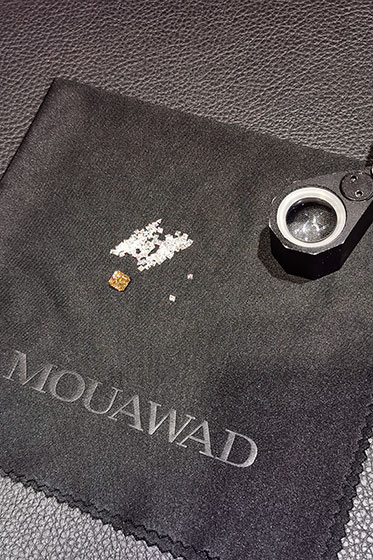
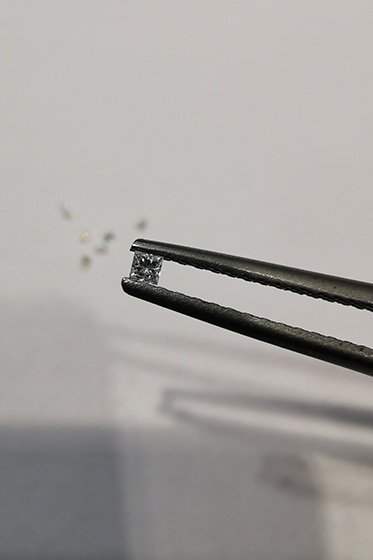
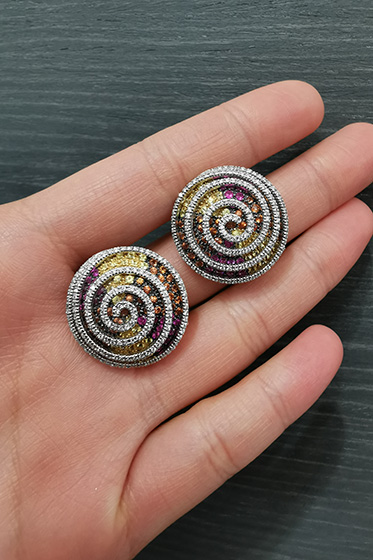
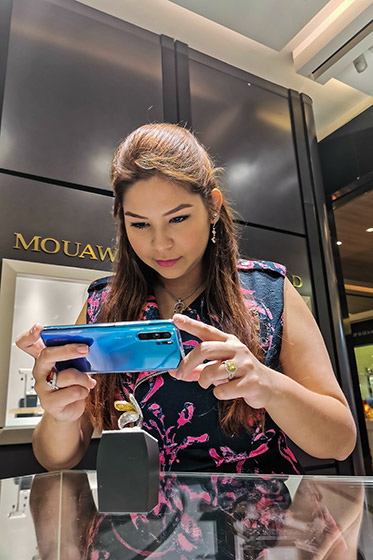
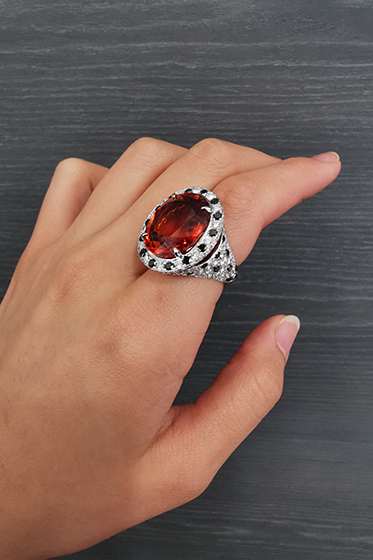
Smart technology has also seen new inventions such as lab-grown diamonds. Where do you think this trend fits into the overall industry?
I strongly believe that a real diamond or gemstone will always hold its value, as these have been created in the earth over millions of years. I know we always want faster, more convenient alternatives, but you can’t capture that kind of unique beauty in something that’s lab-grown. It could be viewed as something similar to Swarovski, but I don’t think lab-grown diamonds could ever replace the genuine thing. Plus, let’s not forget that there’s no investment value in anything lab-grown, because what makes jewellery so amazing is its intrinsic value.
What other trends we can expect to see in 2019?
The trend in jewellery now is coloured stones. We’re talking spinels and Paraiba tourmalines – it’s just a variety of different coloured stones that people are realising are just as important as emeralds, rubies and sapphires. It’s no longer just about your traditional diamond; people are having more fun with their jewellery now.
Green practices are also on the rise, and Mouawad believes in sustainable mining. What we’re lucky enough to do is to oversee the whole process from mining the roughs to scanning to cutting it. This enables us to know how things are being done and how everyone involved in the system is being treated.
This feature is brought to you by the Huawei P30 Pro, which was also used to take each image used in this article.
